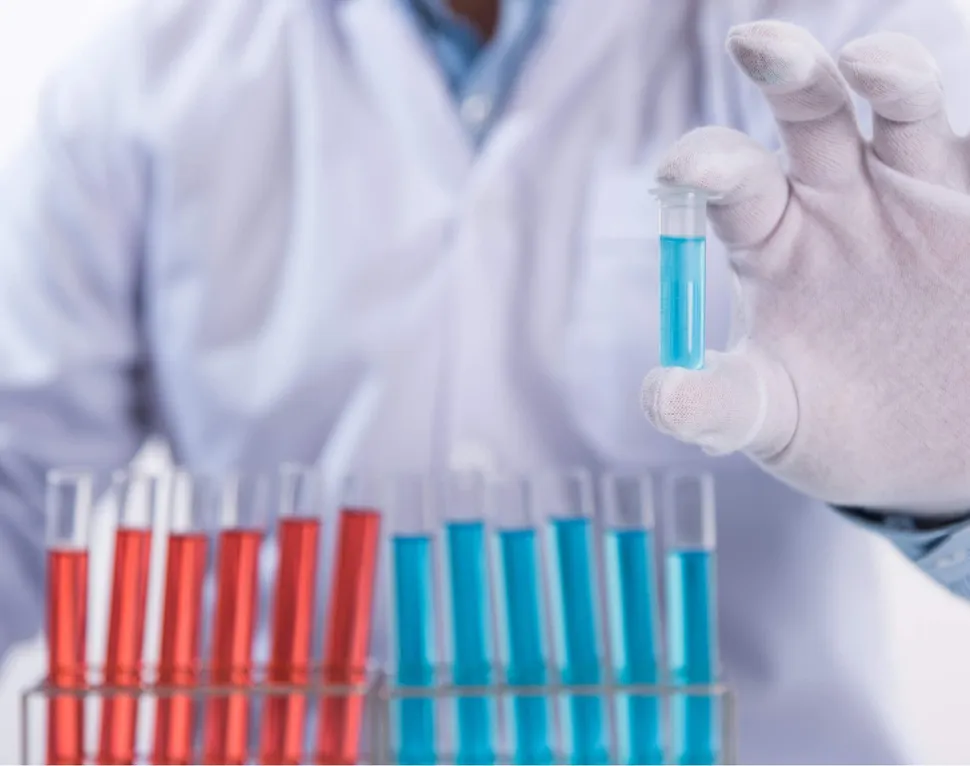ASH 2019: Minimal Residual Disease as a New Clinical Trial End Point

Minimal Residual Disease (MRD) testing is a way of testing how much disease is left after myeloma therapy. MRD testing is now being used more often in the clinic to gauge how well a treatment worked and researchers are hopeful that MRD testing will help clinical trials move along faster. With more myeloma therapies in the clinic, myeloma patients are living longer. This is great news for patients but it makes clinical trials harder to run. Instead of getting results in a 3 year time period, the results may take 5 or 10 years to accrue.
If MRD testing can be used as a new clinical trial "end point" then clinical trials can be performed to gain new insights. As MRD testing becomes more popular, the data could show when a myeloma patient may want to stop treatment or continue treatment.
A leading myeloma researcher Nina Shah, MD of UCSF is running many immunotherapy studies such as CAR T or bi-specific antibody (BiTE) studies at her institution. She is also involved in one study using daratumumab/lenalidomide vs. lenalidomide maintenance that is using MRD testing as one of its clinical trial end points.
Dr. Shah likens today's MRD testing to "wedding china." It's nice to have but you're not sure what to do with it. Can it predict how a myeloma patient will do after therapy is stopped? Not quite yet. But there are some truths we do know today. Being MRD negative is better than being MRD positive (MRD negative patients typically live longer). But we don't know yet if there will be a relationship with overall survival. Clinical trials will be key to understanding how to use MRD testing in a predictive way.
Minimal Residual Disease (MRD) testing is a way of testing how much disease is left after myeloma therapy. MRD testing is now being used more often in the clinic to gauge how well a treatment worked and researchers are hopeful that MRD testing will help clinical trials move along faster. With more myeloma therapies in the clinic, myeloma patients are living longer. This is great news for patients but it makes clinical trials harder to run. Instead of getting results in a 3 year time period, the results may take 5 or 10 years to accrue.
If MRD testing can be used as a new clinical trial "end point" then clinical trials can be performed to gain new insights. As MRD testing becomes more popular, the data could show when a myeloma patient may want to stop treatment or continue treatment.
A leading myeloma researcher Nina Shah, MD of UCSF is running many immunotherapy studies such as CAR T or bi-specific antibody (BiTE) studies at her institution. She is also involved in one study using daratumumab/lenalidomide vs. lenalidomide maintenance that is using MRD testing as one of its clinical trial end points.
Dr. Shah likens today's MRD testing to "wedding china." It's nice to have but you're not sure what to do with it. Can it predict how a myeloma patient will do after therapy is stopped? Not quite yet. But there are some truths we do know today. Being MRD negative is better than being MRD positive (MRD negative patients typically live longer). But we don't know yet if there will be a relationship with overall survival. Clinical trials will be key to understanding how to use MRD testing in a predictive way.
about the author
Jennifer Ahlstrom
Myeloma survivor, patient advocate, wife, mom of 6. Believer that patients can contribute to cures by joining HealthTree Cure Hub and joining clinical research. Founder and CEO of HealthTree Foundation.
More on Treatment Advances
Trending Articles
Upcoming Events




Get the Latest Multiple Myeloma Updates, Delivered to You.
By subscribing to the HealthTree newsletter, you'll receive the latest research, treatment updates, and expert insights to help you navigate your health.
Together we care.
Together we cure.
3x Faster.










